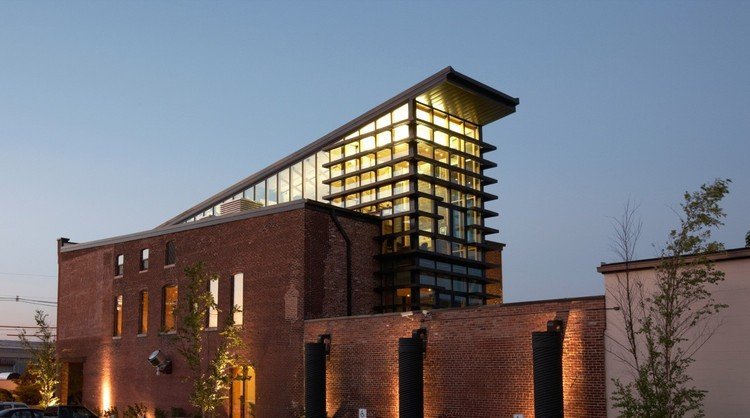Adaptive reuse of historic buildings for modern purposes
Adaptive reuse is a sustainable practice that revitalizes historic buildings by repurposing them for modern functionality while preserving their architectural and cultural significance. Here’s a comprehensive look at the principles, benefits, and examples of adaptive reuse in architecture.
1. Understanding Adaptive Reuse
Definition and Importance:
- Preservation: Retaining historic buildings that hold cultural, architectural, or social significance within the community.
- Sustainability: Reducing urban sprawl and environmental impact by reusing existing structures rather than constructing new ones.
2. Benefits of Adaptive Reuse
Advantages:
- Heritage Conservation: Maintaining historical integrity and character while adapting buildings to contemporary needs.
- Community Revitalization: Stimulating economic growth and cultural vibrancy in urban neighborhoods through adaptive reuse projects.
3. Key Design Considerations
Principles of Success:
- Respect for History: Preserving original features, facades, and unique architectural elements that contribute to the building’s identity.
- Functional Adaptation: Adapting interiors and infrastructure to accommodate modern uses without compromising structural integrity.
4. Examples of Successful Adaptive Reuse Projects

Inspirational Case Studies:
- Tate Modern (London, UK): Transformed from a former power station into one of the world’s leading contemporary art museums, preserving industrial architecture while accommodating large-scale exhibitions.
- The High Line (New York City, USA): A former elevated railway transformed into a public park, integrating green spaces, art installations, and recreational amenities while preserving railway infrastructure.
5. Sustainable Practices in Adaptive Reuse
Environmental Benefits:
- Energy Efficiency: Retrofitting historic buildings with modern insulation, HVAC systems, and renewable energy solutions to reduce operational carbon footprint.
- Material Conservation: Salvaging and reusing historic materials like timber, bricks, and metalwork to minimize construction waste and embodied energy.
6. Challenges and Considerations
Overcoming Obstacles:
- Regulatory Compliance: Navigating zoning laws, building codes, and preservation regulations to ensure adaptive reuse projects meet legal requirements.
- Financial Viability: Balancing restoration costs with potential long-term benefits and funding opportunities through grants, tax incentives, and public-private partnerships.
7. Adaptive Reuse and Cultural Identity
Community Engagement:
- Public Participation: Engaging stakeholders, local residents, and heritage organizations in the adaptive reuse process to ensure projects reflect community values and priorities.
- Educational Outreach: Promoting awareness of cultural heritage and the importance of historic preservation through public tours, exhibitions, and educational programs.
8. Future Trends in Adaptive Reuse
Innovation and Creativity:
- Mixed-Use Developments: Integrating residential, commercial, and cultural spaces within historic buildings to create dynamic urban environments.
- Technology Integration: Incorporating smart building technologies and digital solutions to enhance efficiency, comfort, and sustainability in adaptive reuse projects.
9. Global Perspectives on Adaptive Reuse
International Examples:
- Sydney Opera House (Sydney, Australia): Adaptive reuse of former industrial waterfront warehouses into vibrant cultural precincts, preserving maritime heritage while revitalizing urban waterfronts.
- Palazzo Grassi (Venice, Italy): Renovation of a historic palace into a contemporary art museum, blending Renaissance architecture with modern exhibition spaces.
10. Conclusion
Adaptive reuse of historic buildings exemplifies sustainable and culturally sensitive design practices that celebrate the past while embracing the future. By transforming old structures into thriving hubs of activity, adaptive reuse not only preserves architectural heritage but also promotes sustainable development and community resilience. As cities continue to evolve, adaptive reuse remains a powerful tool for architects, developers, and communities to shape a built environment that respects history, fosters innovation, and enhances quality of life for generations to come.



